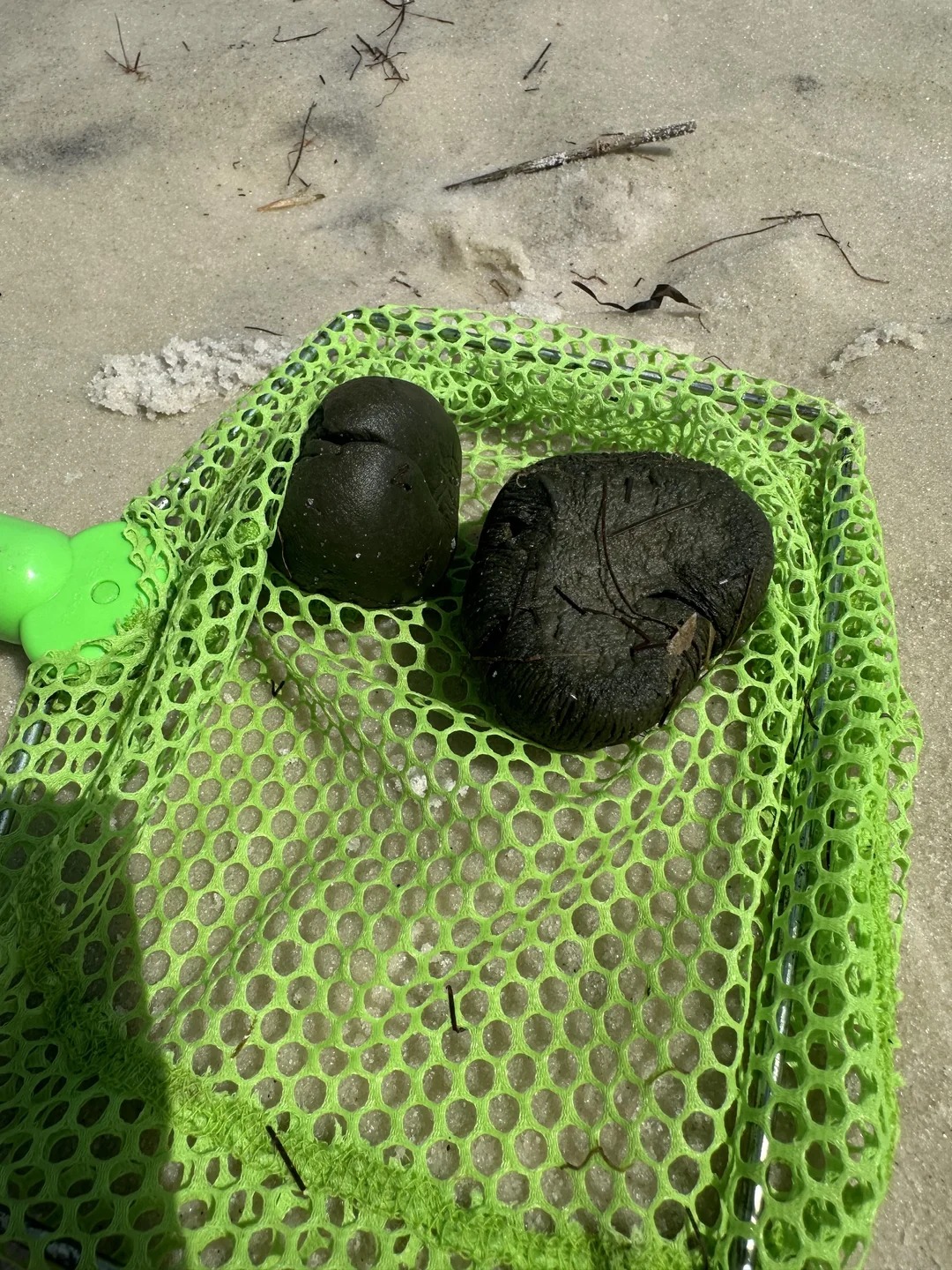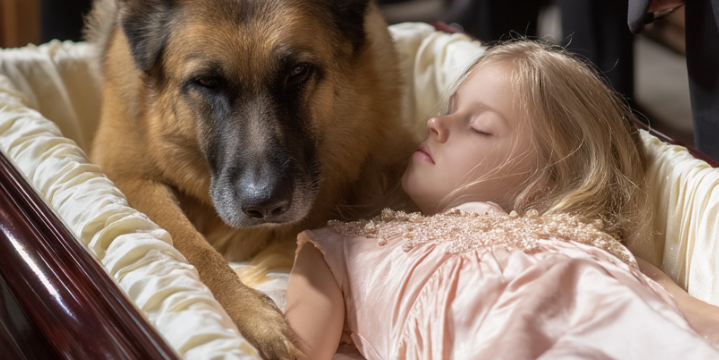If you’ve ever taken your kids for a day of fun near the shores of Pensacola Bay, chances are you’ve heard the excited shout of a child holding up a strange little object, proudly announcing, “Ha! Look! I found a sea turd!” While the nickname may sound a little crude, and definitely earns a few laughs, what they’re actually holding is far more interesting than it seems.

These odd, dark-colored balls found along the beach are known as mudballs, and their presence has everything to do with the unique makeup of the local bay floor and the natural forces of the tides. In Pensacola Bay, especially around marshy areas and sandy shallows, these mudballs are a common and quirky find. You’ll see them scattered along the water’s edge, partially buried in wet sand or floating gently near the shoreline. Despite the name, they’re not animal droppings or manmade waste. Instead, they’re completely natural formations that come about through a fascinating process. The bottom of the bay is rich with soft, clay-like sediment. When chunks of this mud break away—due to waves, tidal shifts, or even the footsteps of someone wading in shallow water—they’re set adrift in the current.
Once loose, these pieces of sediment get rolled, tumbled, and molded by the water, the sand, and the movement of the tides. Much like sea glass becomes smooth over time or river stones are shaped by years of flowing water, these mud chunks transform into smooth, compact balls. It’s nature’s version of a stress ball—malleable, slightly squishy, and oddly satisfying to hold. Most of the time, these mudballs are made entirely of sediment. The seafloor in Pensacola Bay contains a lot of organic material, which explains the dark green, brown, or nearly black color of the balls. Occasionally, someone might worry there’s something more sinister in them—tar, oil, or even some form of marine waste—but the truth is that they’re mostly harmless. They don’t smell, they don’t leave a residue, and they’re safe for curious little hands to explore.
That said, there’s always a slim chance you’ll come across one that doesn’t seem quite right. If it smells off, leaves a strange film, or feels overly sticky, it’s best to throw it away and wash your hands. While the majority are benign, it never hurts to be cautious when handling anything found near the water. For kids growing up around the Gulf Coast, finding these mudballs has become a lighthearted tradition. They’re strange and amusing, and they spark curiosity about the natural environment.
It’s not every day that something from the seafloor floats up and becomes a hands-on science lesson. These little balls often lead to big questions—about sediment, erosion, tides, and how the bay’s ecosystem works. Suddenly, a walk along the beach becomes an educational moment, and that’s part of what makes it special. The next time your child runs up grinning with a mudball in hand, you might smile and say, “Ah, a fine specimen of the classic Pensacola Bay mudball.” Maybe you’ll even join in the fun and scoop up a few yourself. Because these muddy treasures, while simple and unpolished, have a charm all their own. Childhood memories are often made up of these small, peculiar discoveries—the things that don’t seem important at the time but come back in stories for years to come. Whether it’s a perfectly round sand dollar, a one-of-a-kind seashell, or a squishy ball of bay mud, these are the souvenirs that stick with us. They may not be valuable in a traditional sense, and they won’t be displayed in museums, but they hold sentimental value that lasts a lifetime. These quirky little mudballs are more than beach oddities—they’re the heart of shared family experiences, the start of curious conversations, and part of what makes days at the shore so unforgettable. So the next time you’re strolling the coast and spot a few of these bizarre little beach balls, take a moment to appreciate them, not for what they are, but for the joy and curiosity they bring to young minds and old hearts alike.





